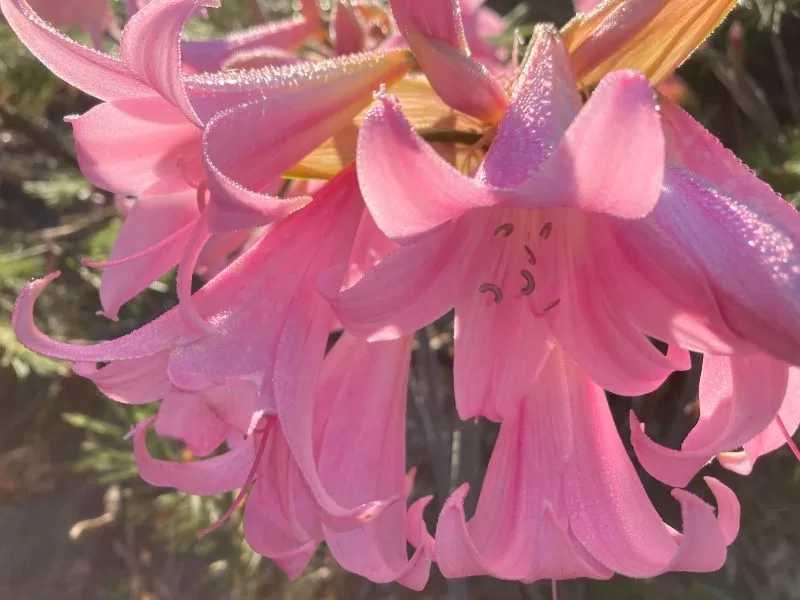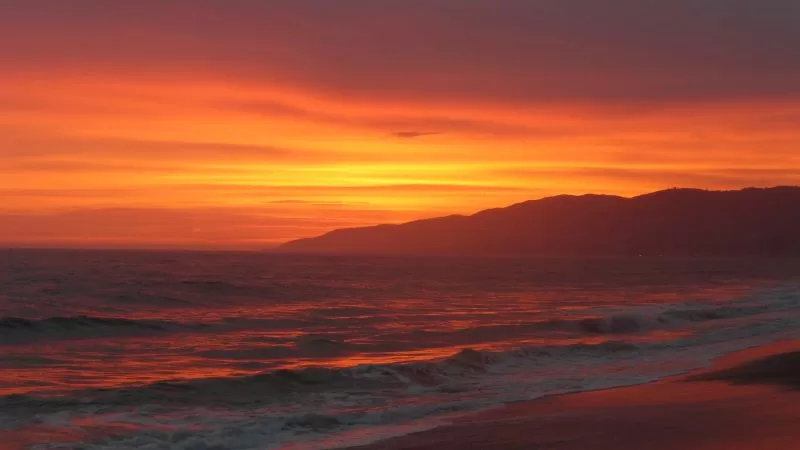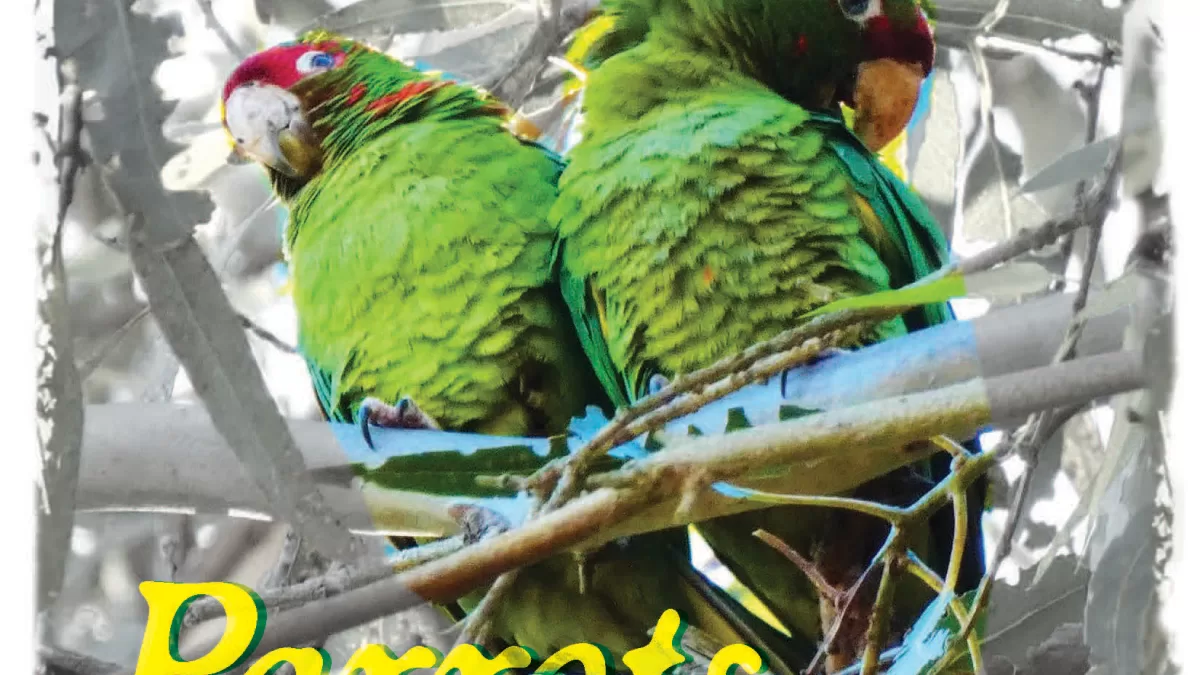
They’re loud, smart, adaptable and colorful, and they’ve made a home for themselves far from their native Central and South America. Meet the wild parrots of the Santa Monica Mountains, birds that have found an ecological niche for themselves and continue to thrive alongside our native wildlife. Check out TNT’s Discover feature to learn more! Photo by Suzanne Guldimann, cover design by Urs Baur.
Hurricane Hilary bowled through Southern California, the first tropical storm of any magnitude to slam into the state since the 1930s. This formidable Category 4 hurricane lost steam, and was downgraded to a tropical storm before arriving in the Southland. It drenched desert communities, but spared the coast from the worst of the damage, although parts of the Santa Monica Mountains, including Topanga, received between four and five inches of rain—an extraordinary amount for a summer storm.
The downpour was punctuated with a magnitude 5 earthquake on Sunday. It rattled nerves already strained by a barrage of flash flood warnings. The temblor, centered near Ojai, did not cause any major damage, but the “hurriquake” was a reminder that disasters are not mutually exclusive, and that they have the potential to happen simultaneously.

While California mops up from its unexpected drenching and we all count our blessings that it wasn’t worse, Hawaii is still reeling from the wildfire that destroyed the historic town of Lahaina. When TNT went to press, 850 people were still missing, and the death toll from this catastrophic tragedy was continuing to grow as search crews worked through the rubble of what was only a few weeks ago a thriving, historic community. This is now the worst disaster in Hawaii’s history, and one of the most deadly fires in US history. Readers who would like to donate but aren’t certain where or how should check out www.civilbeat.org/2023/08/help-maui-fire-victims-heres-how-you-can-donate/
Hundreds of devastating wildfires continue to burn across northern Canada, consuming massive amounts of land. This story, which has been going on all summer, seems to only garner headlines when the smoke travels across the border to trouble U.S. cities, but it is an ongoing disaster of epic proportions. And despite the soaking SoCal received this week, fires are burning in the Sierras, including one near Yosemite.

Hurricane Hilary has dampened fire risk here in the Santa Monica Mountains for at least a little while, but we are headed into what has all the warning signs of being a long, hot, dangerous fire season. Everyone in fire risk areas—and those areas are expanding as the climate changes—needs to be ready for disaster, to be active in making sure our communities are as fire safe possible, and to be supportive of the people in other communities who are suffering the same pain and loss we have known in the past and will inevitably have to face again, no matter how prepared we are.
Disasters have dominated the news cycle lately, but there is good news, too. A federal judge in Utah has dismissed two lawsuits filed by the state of Utah that attempted to reverse President Biden’s restoration of Bears Ears and Grand Staircase-Escalante national monuments. The monuments, created in 2016 by Barack Obama using the Antiquities Act, were dismantled in 2017 by Donald Trump. Biden restored monument status to both parks in 2021, but Utah politicians, at the urging of the oil and mining industry lobby, filed suit. They argued that the Antiquities Act is unlawful. The judge threw the argument out.
The fight over these two critically important monuments isn’t over, but this was an important victory. So far, no court has been willing to review or reverse the designation of a national monument. With this action, District Judge David Nuffer upheld both the Antiquities Act and President Biden’s restoration of the previously established national monuments.
President Biden used the Antiquities Act this month to create Baaj Nwaavjo I’tah Kukveni National Monument in Arizona. The first half of the name means “where tribes roam,” for the Havasupai people, the second half,“our footprints,” for the Hopi people. This land is sacred to both tribes and their ancestors.
The new monument protects 1,562 square miles around the edges of Grand Canyon National Park. Biden proclaimed it good “not only for Arizona but for the planet.”
Each conservation victory helps protect a little more of the earth under our feet, and that earth is turning out to be a lot more significant than we realized. A new study finds that more than half of Earth’s species live in the soil, including 90 percent of the planet’s fungi and more than 50 percent of bacteria. That makes it our world’s most species-rich habitat, and something even more worth fighting for.
Stay safe, be well.





